Solar panels have become a popular choice for renewable energy, but their performance can vary significantly depending on the climate. Understanding how solar panels function in different environmental conditions is crucial for anyone considering solar energy. This article explores the performance of solar panels across various climates, providing insights into how temperature, sunlight, and weather patterns affect their efficiency.
Solar panels, or photovoltaic (PV) panels, convert sunlight into electricity. They consist of semiconductor materials that absorb photons and release electrons, creating an electric current. The efficiency of this process can be influenced by several factors, including the type of solar panel, its orientation, and the surrounding climate.
Table of Contents
Performance in Different Climates
Sunny and Hot Climates
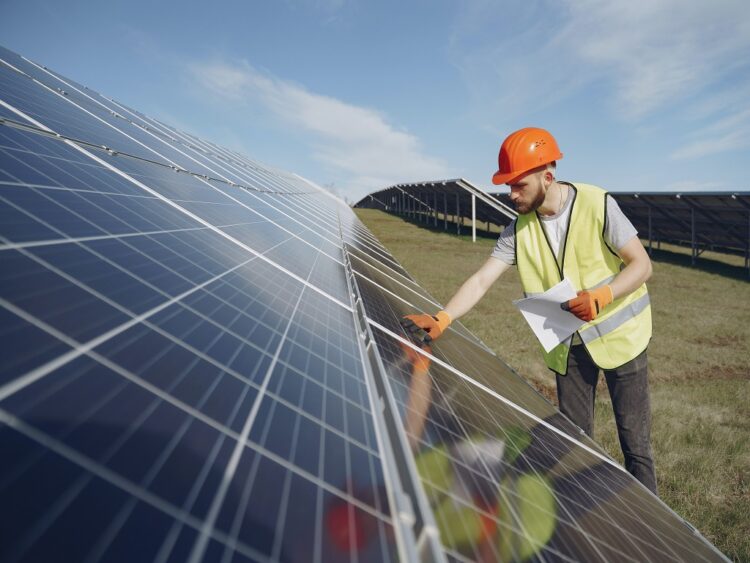
In regions with abundant sunshine and high temperatures, such as deserts or tropical areas, solar panels can produce significant amounts of electricity. However, excessive heat can reduce their efficiency. Solar panels typically operate optimally at temperatures around 25°C (77°F). When temperatures rise above this level, the efficiency of the solar cells can decrease. This is because high temperatures increase the resistance in the electrical circuit within the panel, reducing the overall output.
Key Points:
- High sunlight exposure leads to increased electricity generation.
- High temperatures can decrease efficiency due to increased resistance.
- Cooling mechanisms or proper ventilation can mitigate the effects of high temperatures.
Cold and Sunny Climates
Cold and sunny climates, such as those found in high-altitude regions or certain parts of Europe and North America, can be ideal for panels. In these areas, solar panels benefit from high irradiance and lower temperatures. The lower temperatures help maintain the efficiency of the cells, leading to better overall performance.
Key Points:
- High solar irradiance boosts electricity generation.
- Low temperatures maintain high efficiency.
- Snow reflection can increase sunlight exposure but may require regular cleaning.
Cloudy and Rainy Climates
In regions with frequent cloud cover or rain, such as the Pacific Northwest or parts of the UK, solar panel performance can be affected by reduced sunlight. While solar panels can still generate electricity on cloudy days, their output is lower compared to sunny days. Rain can have both positive and negative effects. On the positive side, rain helps clean the panels, removing dust and debris that can block sunlight. On the negative side, prolonged periods of cloud cover can significantly reduce energy production.
Key Points:
- Cloud cover reduces sunlight exposure, decreasing output.
- Rain helps clean panels, improving efficiency.
- Optimized placement and angle can maximize sunlight capture during limited sunny periods.
Humid and Coastal Climates
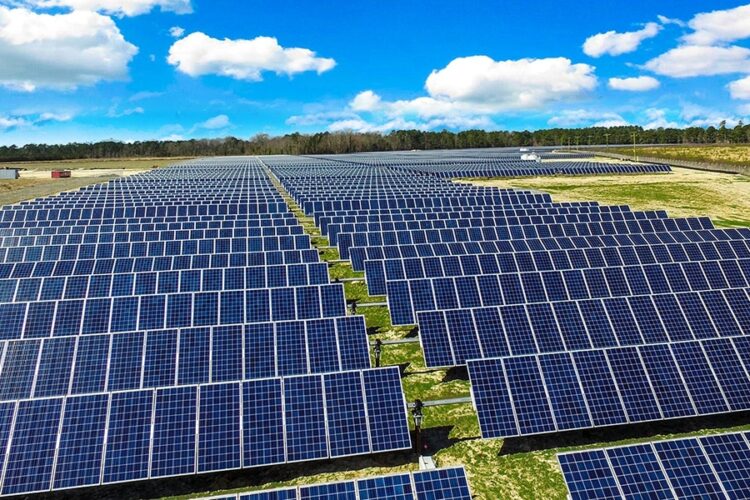
Humid and coastal regions, such as Southeast Asia or coastal areas of the United States, pose unique challenges for solar panels. High humidity can lead to condensation on the panels, which can reduce their efficiency. Additionally, salt from the sea can cause corrosion, especially if the panels are not properly maintained or designed for such conditions. However, the consistent sunlight in these areas can still make solar energy a viable option.
Key Points:
- High humidity can cause condensation, reducing efficiency.
- Salt corrosion requires regular maintenance and durable materials.
- Consistent sunlight supports viable solar energy production.
Arid and Desert Climates
Desert regions, such as the Sahara or southwestern United States, offer some of the best conditions for solar panels due to the high levels of sunlight. However, the extreme temperatures and dust can pose challenges. Dust accumulation on solar panels can block sunlight and reduce efficiency. Regular cleaning and maintenance are essential to ensure optimal performance.
Key Points:
- High sunlight exposure maximizes electricity generation.
- Extreme temperatures may reduce efficiency.
- Dust accumulation requires regular cleaning to maintain efficiency.
Factors Affecting Performance
Temperature Coefficient
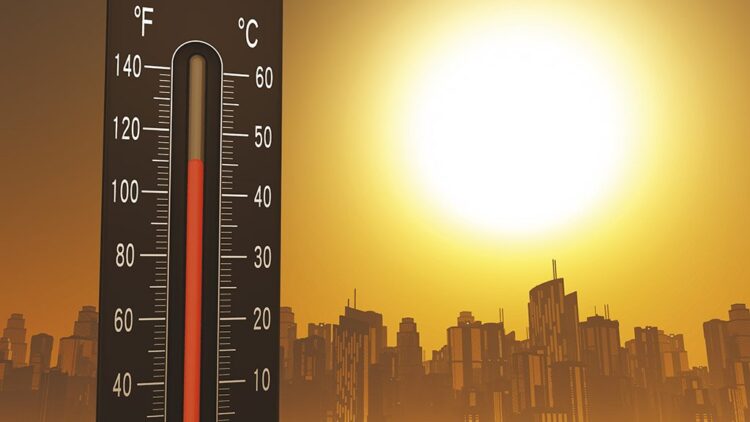
The temperature coefficient of a panel indicates how much its efficiency decreases with a rise in temperature. Panels with a lower temperature coefficient are better suited for hot climates, as they experience less reduction in efficiency when temperatures rise.
Key Points:
- Lower temperature coefficient is better for hot climates.
- High-efficiency panels can mitigate some effects of high temperatures.
Orientation and Tilt
The orientation and tilt of solar panels play a crucial role in their performance. These should be oriented to capture the maximum amount of sunlight throughout the day. The optimal tilt angle varies depending on the location’s latitude.
Key Points:
- Proper orientation maximizes sunlight capture.
- Optimal tilt angle depends on geographic location.
Maintenance and Cleaning
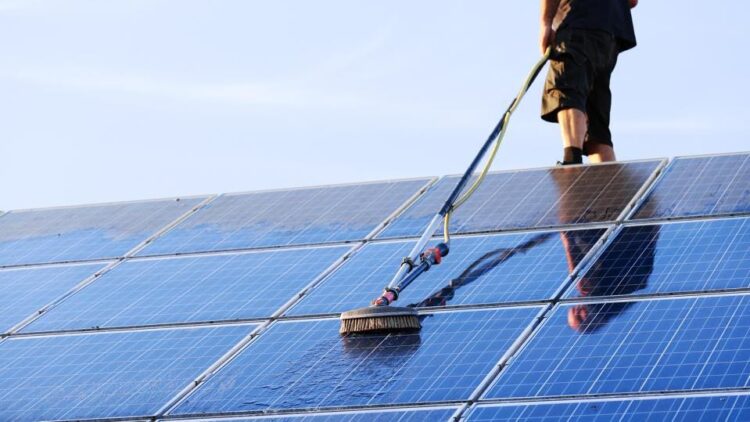
Regular maintenance and cleaning are essential to ensure solar panels operate at peak efficiency. Dust, dirt, and debris can accumulate on the surface, blocking sunlight and reducing output. In humid and coastal areas, preventing corrosion is also crucial.
Key Points:
- Regular cleaning prevents efficiency loss due to dirt and debris.
- Maintenance in coastal areas prevents corrosion from salt.
Long-Term Considerations
When considering solar energy, it’s important to think about the long-term performance and durability of the panels. Advances in technology and materials have led to the development of solar panels that are more resistant to environmental stressors, such as high temperatures, humidity, and salt corrosion.
Durability and Warranty
High-quality solar panels come with warranties that guarantee their performance for a certain number of years, typically 25 years. These warranties often cover issues related to efficiency loss and material defects.
Key Points:
- Long warranties indicate confidence in durability and performance.
- Quality materials enhance resistance to environmental stressors.
Future Technology
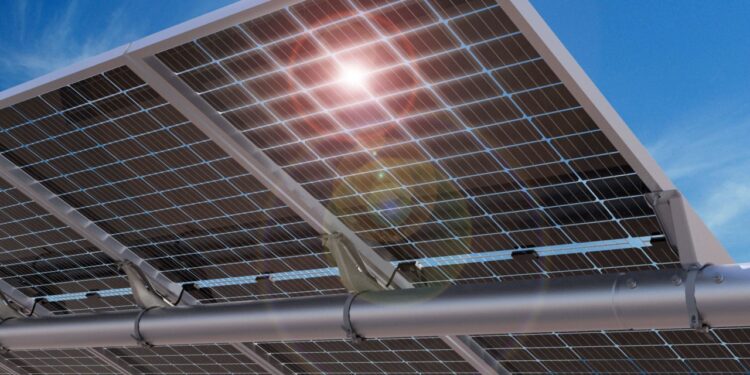
Advancements in solar technology continue to improve the efficiency and adaptability of solar panels to different climates. Bifacial panels, which capture sunlight from both sides, and thin-film solar panels, which are more flexible and lightweight, offer promising solutions for various environmental conditions.
Key Points:
- Bifacial panels increase overall energy capture.
- Thin-film panels offer flexibility and better performance in low-light conditions.
Conclusion
Solar panels are a viable and sustainable energy solution in a variety of climates. While their performance can be influenced by temperature, sunlight, and weather patterns, proper installation, maintenance, and the use of advanced technologies can optimize their efficiency. Whether in sunny deserts, cloudy regions, or coastal areas, understanding the specific challenges and advantages of each climate can help maximize the benefits of solar energy.
